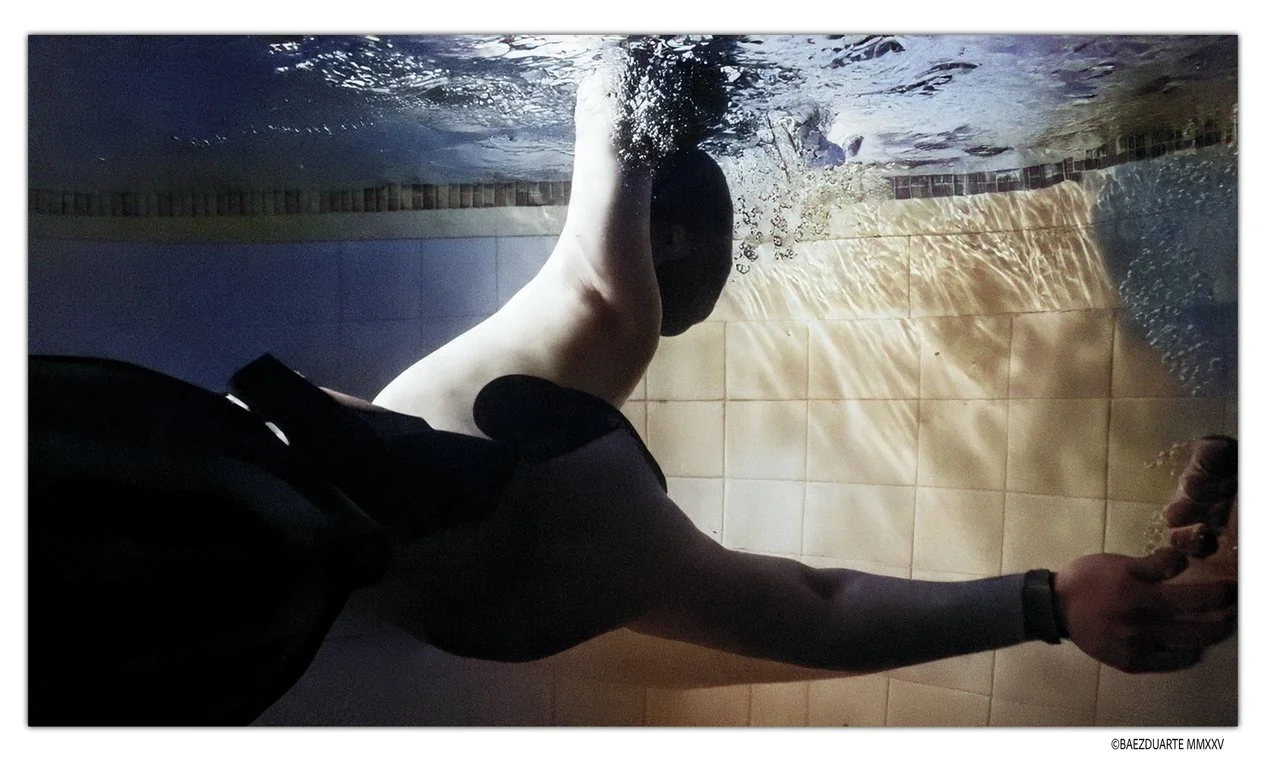
A.I. my view
Creativity, Chance and Artificial Intelligence
The role of artificial intelligence in the visual arts — and particularly in digital photography — is currently surrounded by confusion and misunderstanding. To begin with, it’s not accurate to say that AI has suddenly emerged as a radical novelty. In reality, for quite some time we’ve been using creative strategies that incorporate a degree of automation and computational intelligence. Photoshop, for instance, has long included features that automate complex processes — such as luminosity adjustments, smart healing tools, and content-aware fills — which operate without direct user input and could easily be seen as early forms of AI.
The debate intensifies when it’s argued that using AI in image creation leads to automation and a loss of authorship. That, in my opinion, is a fundamental error. In my own practice, AI is not a threat but a powerful ally. It allows me to expand my visual and conceptual vocabulary, blending my own imagery and textures — some derived from drawings or paintings, others created in Photoshop — with my original photographs. AI offers me unexpected, often surprising variations that intellectually stimulate my creative process.
One tool I’ve found particularly fascinating is Photoshop’s Generative Space. It enables me to guide image generation by selecting compositional and stylistic prompts, while organizing my visual studies thematically and chronologically, with all parameters saved. Of course, there is a degree of randomness in the output — but I view that as part of the creative adventure, not a flaw.
Much has been said about creativity in photography, but I believe it’s important to recognize a few key differences. In traditional photography, the elements of an image are “out there,” in front of the camera. We don’t create them; we accept them as they are. Perhaps we can shape them with light, composition, or post-production effects — but those elements remain external, and in a sense, don’t fully belong to us.
A painter, by contrast, enjoys radical freedom: they create their own objects, give them form from nothing. They are truly “theirs.” In this process, randomness takes on a special life: the artwork itself begins to guide the artist, suggesting directions, inviting a dialogue. In that sense, AI becomes a remarkable assistant — a catalyst for chance that does not diminish artistic intention, but expands it.
Let us also consider one of the photographer’s greatest limitations: they must be physically present in the environment they wish to capture. If they desire a radically different image, they must travel to it. But in our case — using the language of prompts — we can transport ourselves wherever we wish, imagining and creating beyond our immediate physical space. Not as escapism, but as an expansion of the possible.
If you’d like to see more examples, visit my site A.I. and other ideas
and see my AI Videos

